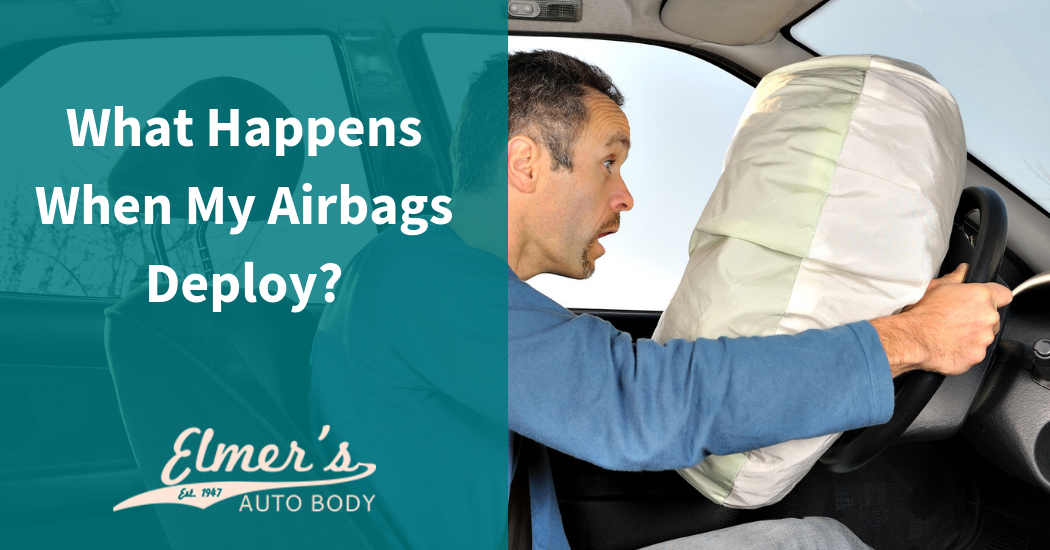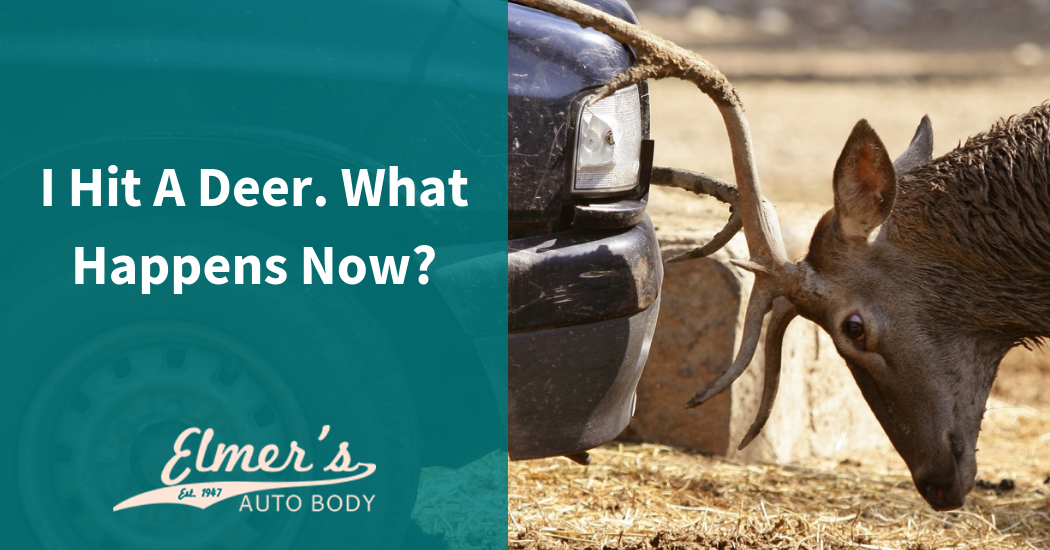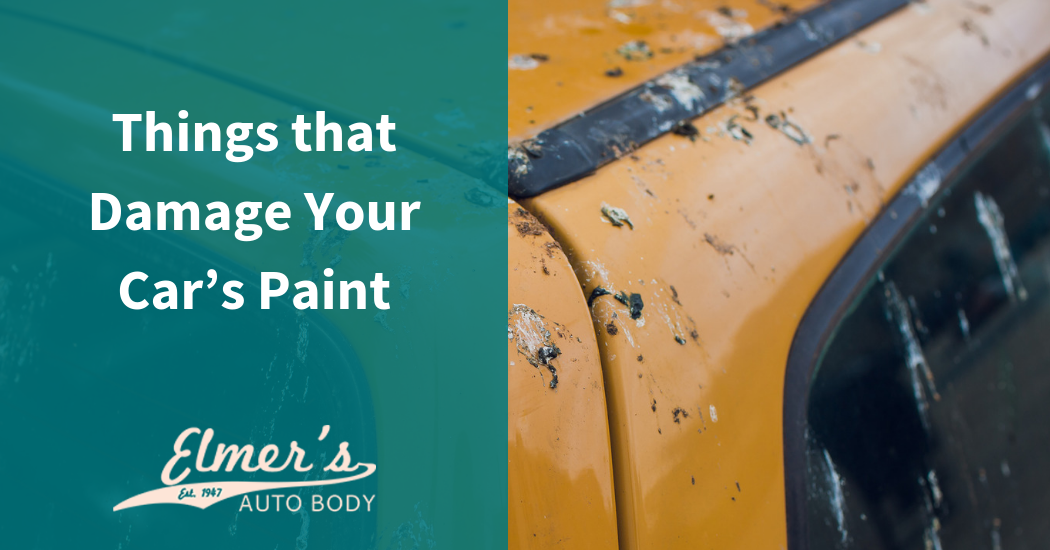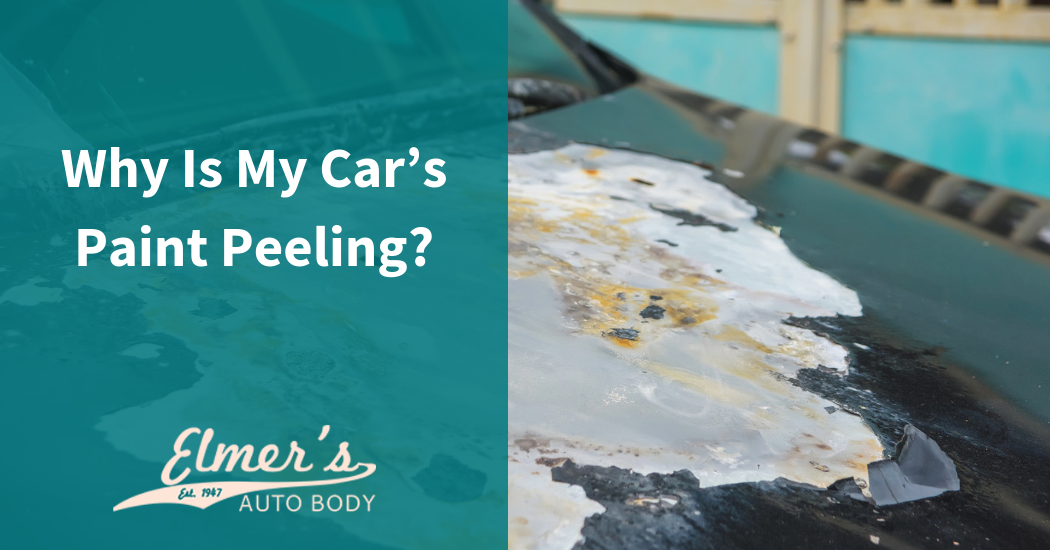Most modern cars are equipped with airbags and many have them located throughout the car. An airbag is known as a passive restraint as they deploy without the driver or passenger having to do anything. This is unlike a seatbelt that must be buckled by the person in the seat. Some cars do have a disarming mechanism for safety reasons. Airbags can be dangerous for small children so if you cannot put a child in the backseat, you may want to deactivate the airbag temporarily.
How Do Airbags Work?
An airbag is more than just the part that deploys. It is an entire system of sensors, a control module and the airbag itself. Sensors are located in various places in your vehicle that are commonly compromised when you have an accident. The sensors also monitor wheel speed sensors and data from the accelerometers plus other areas of the car. If the sensors receive certain information, they tell the airbag to deploy.
Where are the Airbags?
Airbags can be located in the dash, steering wheel, seats, door frames and other areas of the car. Initiator devices light chemical propellants to deploy the airbag when the sensors receive certain signals. When the propellant is ignited, the bag fills with nitrogen gas to force it from where it is stored. The entire process from ignition to deflation of the airbag can take less than 30 seconds. Once your airbag has deployed once, it must be replaced as all of the propellant is used to inflate the bag one time.
How Safe Are Airbags?
According to the National Highway Safety Administration, airbags deployed approximately 3.3 million times between 1990 and 2000. NHTSA estimated that more than 6,000 lives were saved by the deployment of airbags. However, they are activated by a chemical explosion and they inflate very fast. There have been instances where people were injured or killed by airbags, especially small children. In the time studied by NHTSA, 175 people died and many injured by airbag deployment. For this reason, children under the age of 13 should not be placed in the front seat of a car with an airbag. Passengers should not place their feet on the dash nor should they place objects between them and the airbag.
Changes in Airbag Technology
Airbags were first patented in 1951 but they did not become standard in vehicles in the United States until 1985. Although the basic principle is the same as it was in 1985, airbag technology has been refined. Today, there are “smart airbags” that inflate with less force if conditions are right, making them safer than older models. Newer systems also include a variety of airbags in other areas of the car to add more injury protection.
If your car has been in a collision, contact Elmer’s Auto Body today by calling or filling out the easy form to schedule an appointment.




